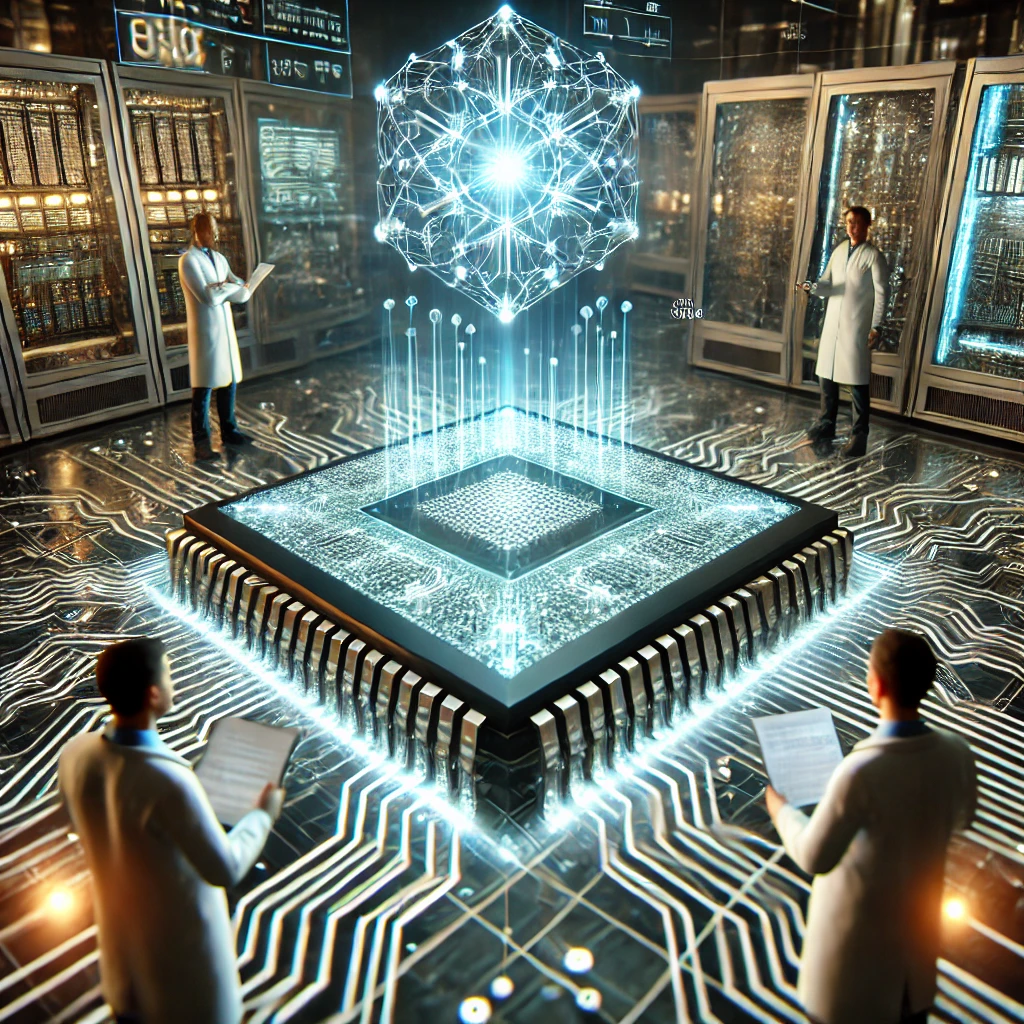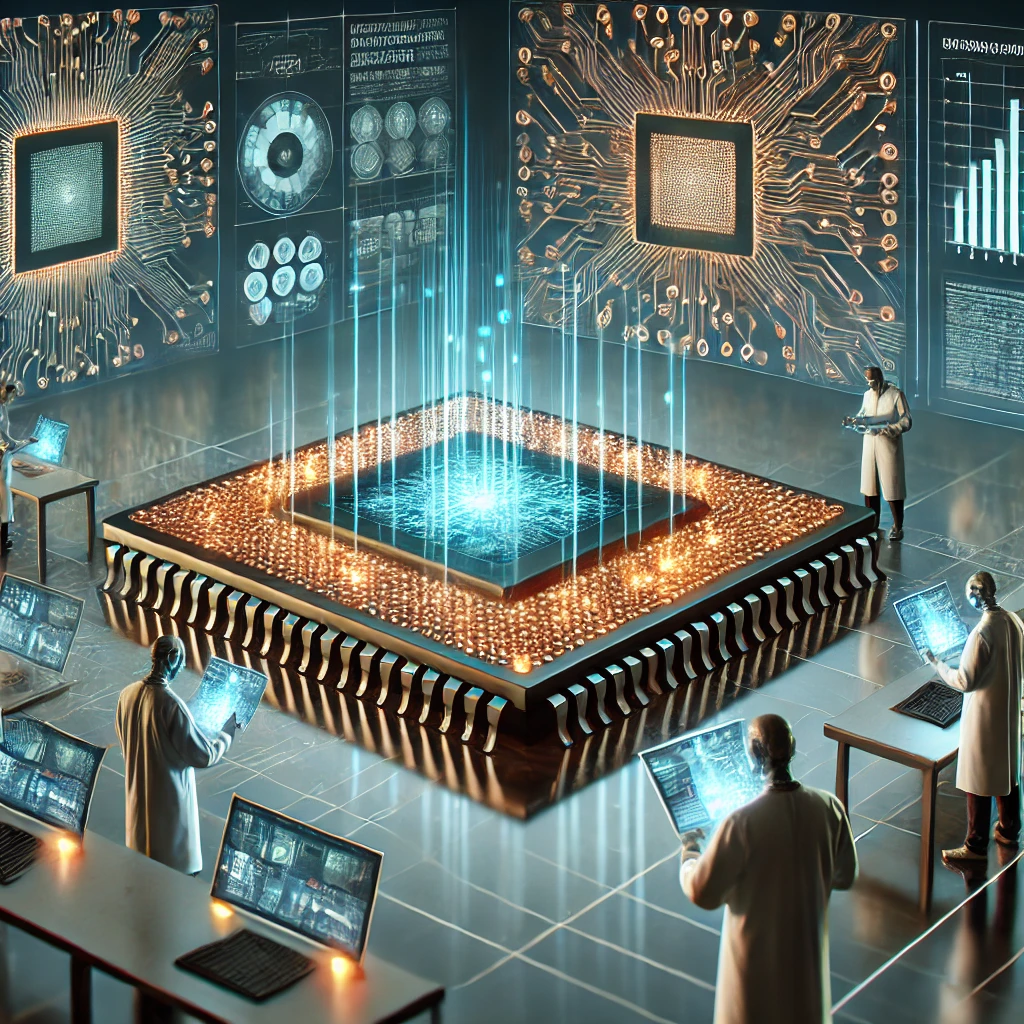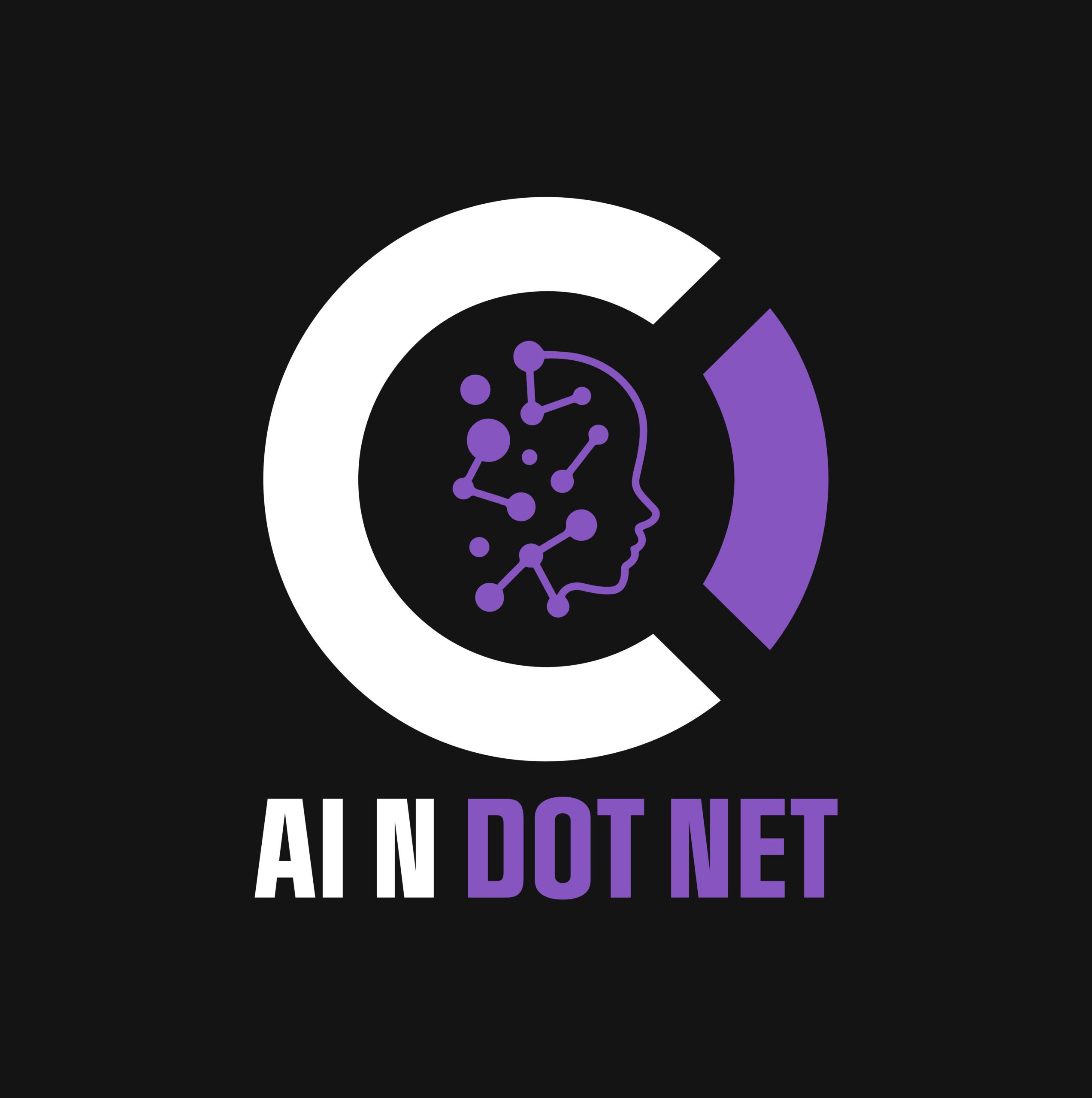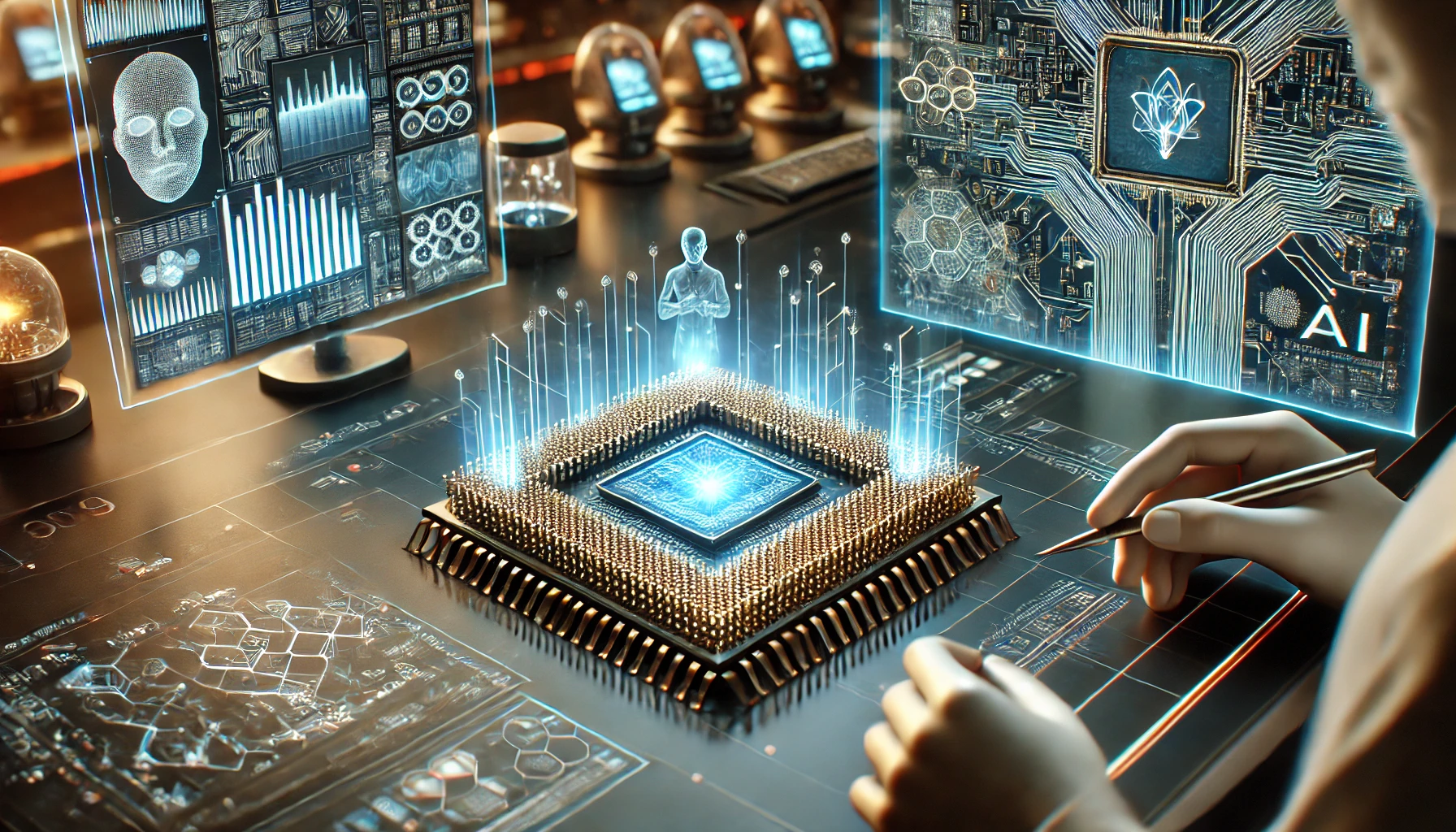AI is No Longer Just Software—It’s Reinventing Hardware
Artificial intelligence (AI) has primarily been associated with software advancements, from chatbots to predictive analytics. However, a recent breakthrough in AI-designed chips shows that AI is now revolutionizing hardware itself, unlocking unprecedented efficiency, speed, and new ways of solving problems.
A research team at Princeton University and the Indian Institute of Technology used AI to design millimeter-wave (mm-Wave) wireless chips—a task that normally takes weeks for human engineers. AI completed it in a matter of hours, creating highly efficient, unconventional chip structures that outperformed traditional designs.
This isn’t just a hardware innovation—it has huge implications for AI application development. If AI can design its own optimized hardware, what does this mean for businesses applying AI to real-world problems?
AI-Optimized Hardware Will Make AI Applications Faster & More Efficient
What This Means:
The AI-designed chips aren’t just faster—they are structured fundamentally differently from human-made chips. This could lead to:
- More power-efficient AI models (lower costs, longer battery life for edge AI devices).
- Faster inference speeds for AI applications.
- Custom AI chips optimized for specific business tasks, reducing reliance on general-purpose GPUs and cloud computing.
Impact on Business & AI Development:
For businesses using Microsoft AI tools, .NET AI models, or custom AI applications, AI-powered chips could mean significantly lower compute costs and faster performance. AI applications in finance, healthcare, logistics, and automation could operate with real-time processing speeds at a fraction of current infrastructure costs.
Example Use Cases:
- AI-driven predictive analytics and decision-making tools could process data instantly.
- AI-powered customer service chatbots could run locally instead of relying on the cloud.
- AI-assisted manufacturing automation could analyze production lines faster than human-supervised systems.
AI-Designed Chips Enable More On-Device AI (Edge AI & On-Prem AI)
What This Means:
With these ultra-efficient chips, AI will be able to run on smaller, less powerful devices—without requiring cloud processing. This is a game-changer for edge computing and IoT AI applications.
Impact on Business & AI Development:

- AI-powered quality control in manufacturing could work in real-time at the edge, eliminating delays from cloud processing.
- Logistics and supply chain AI could run on portable devices instead of centralized cloud servers.
- Healthcare AI could analyze medical imaging or patient data locally, reducing hospital server loads and improving privacy compliance.
For companies building AI in .NET, this shift could enable the development of on-device AI applications, bypassing cloud dependence.
AI Model Training Will Become Faster & More Cost-Effective
What This Means:
AI-designed chips will significantly reduce AI training times, allowing companies to develop, test, and iterate new AI models faster.
Impact on Business & AI Development:
- Lower costs for AI startups and enterprises experimenting with new AI solutions.
- Faster AI model development cycles, allowing companies to adapt AI models in real-time.
- If Microsoft Azure AI or ML.NET integrates these chips, training custom AI models could take hours instead of weeks.
Example Use Cases:
- AI models for fraud detection in finance could update in near real-time as new threats emerge.
- Retail AI could adjust customer recommendation algorithms dynamically based on shifting trends.
AI as a Co-Designer: What Happens When AI Designs Solutions We Don’t Understand?
What This Means:
These AI-designed chips were not just faster and better—they were structured in ways that human engineers could not fully understand. This suggests AI may soon be designing solutions that surpass human intuition.
Impact on Business & AI Development:
- AI’s role may shift from an assistant to an autonomous designer of business solutions.
- Businesses will need new validation methods to ensure AI-generated solutions meet industry standards.
- AI-assisted problem-solving could suggest radically new approaches to industry challenges, leading to unforeseen innovations.
Example Use Cases:
- AI could redesign supply chain logistics, optimizing routes in ways no human analyst could predict.
- AI could develop financial algorithms with risk-reduction strategies that go beyond human-made models.
Companies that embrace AI-generated innovation will gain a significant competitive advantage over those that remain skeptical of AI-driven decision-making.
Preparing for the AI-Designed Future: What Businesses Should Do Next
- Monitor AI Hardware Developments – Follow how Microsoft, NVIDIA, and Intel incorporate AI-designed chips into Azure AI, ML.NET, and other AI frameworks.
- Explore Edge AI Opportunities – If your business uses AI in manufacturing, IoT, healthcare, or finance, start testing low-power AI models to prepare for on-device AI acceleration.
- Develop AI Oversight Strategies – As AI-generated solutions become less explainable, businesses will need strong validation models to ensure AI-driven decisions are safe and reliable.
- Experiment with AI for Hardware Optimization – AI-driven hardware optimization could drastically reduce costs and improve efficiency for AI-driven applications.
Final Thoughts: The AI Revolution is Expanding Beyond Software

AI is no longer just powering applications—it is now redesigning the very hardware that runs those applications. This shift could make AI solutions cheaper, faster, and more accessible than ever before.
For businesses and AI developers, the question isn’t “Should we adopt AI?”—it’s “How can we strategically leverage AI-powered hardware for maximum impact?”
Want to stay ahead in applied AI?
📑 Access Free AI Resources:
- Download our free AI whitepapers to explore cutting-edge AI applications in business.
- Check out our AI infographics for quick, digestible AI insights.
- 📖 Explore our books on AI and .NET to dive deeper into AI-driven development.
References
Disclaimer
We are fully aware that these images contain misspelled words and inaccuracies. This is intentional.
These images were generated using AI, and we’ve included them as a reminder to always verify AI-generated content. Generative AI tools—whether for images, text, or code—are powerful but not perfect. They often produce incorrect details, including factual errors, hallucinated information, and spelling mistakes.
Our goal is to demonstrate that AI is a tool, not a substitute for critical thinking. Whether you’re using AI for research, content creation, or business applications, it’s crucial to review, refine, and fact-check everything before accepting it as accurate.
Lesson: Always double-check AI-generated outputs—because AI doesn’t know when it’s wrong! 🚀

